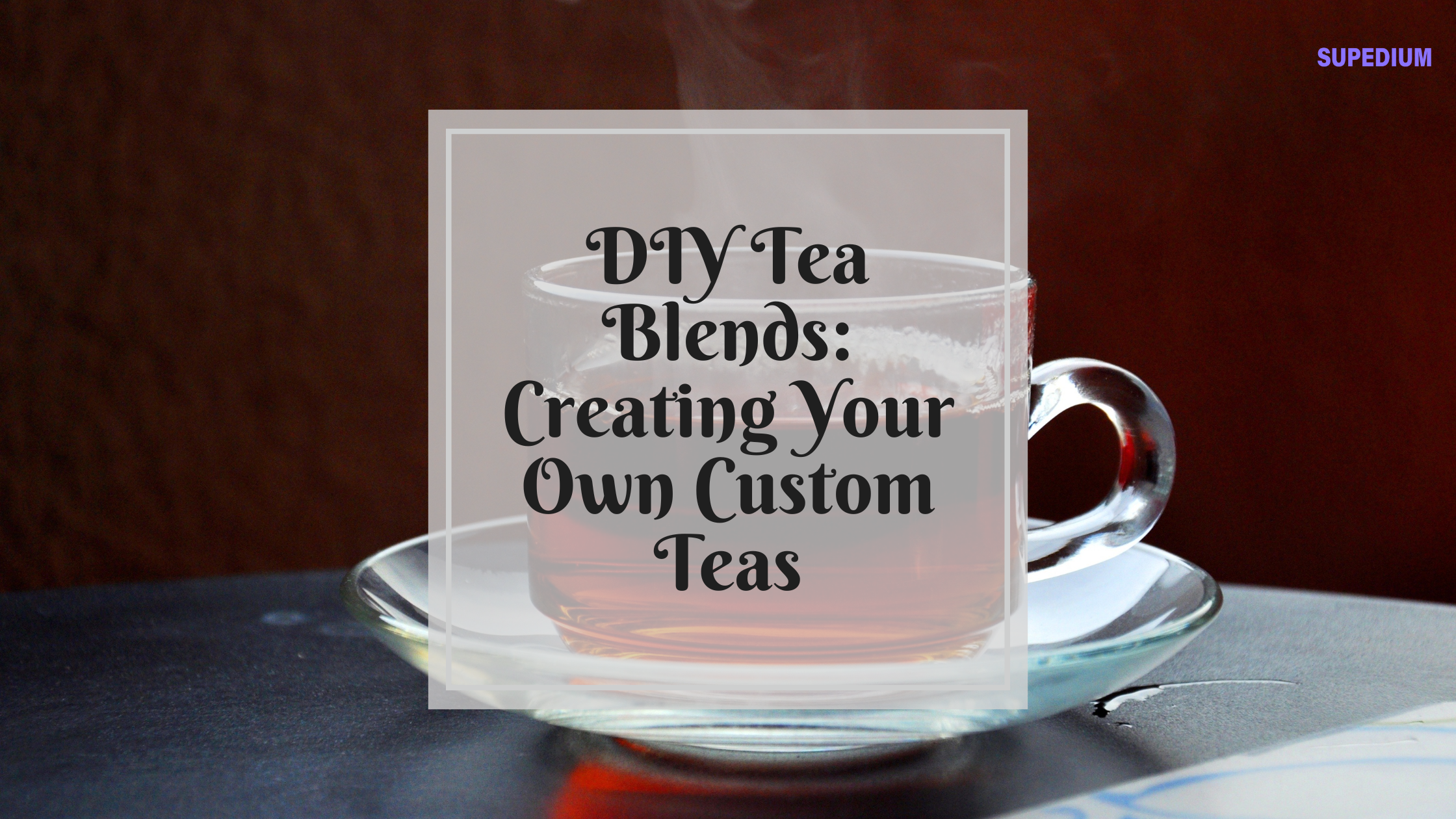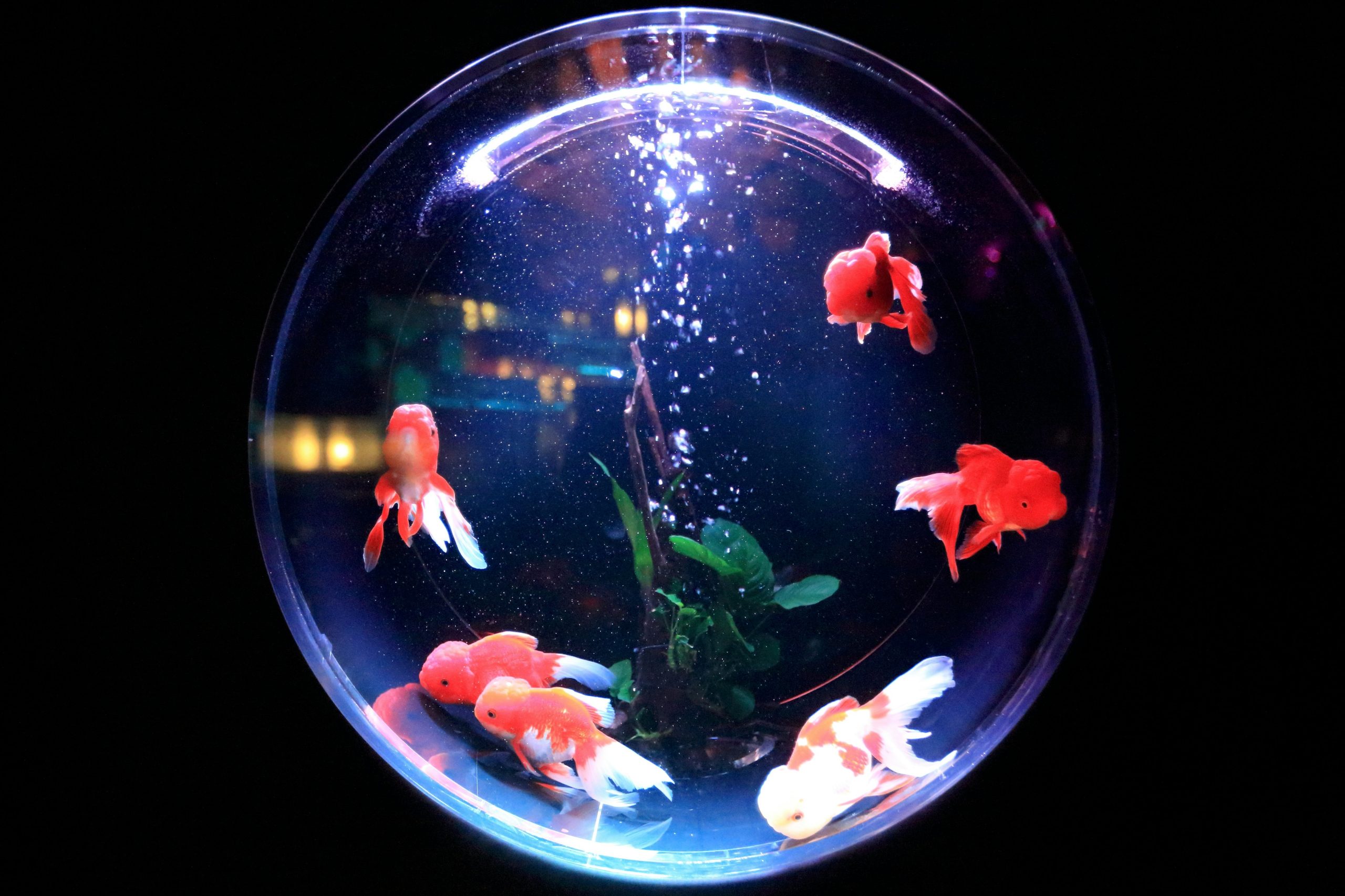Table of Contents
![]()
Creating your own tea blends is a delightful and rewarding way to explore the world of tea. Crafting a custom tea blend allows you to combine various flavors and ingredients to suit your personal preferences and needs. This article will delve into the basics of tea blending, guide you through the essential ingredients and tools, and offer practical tips for creating and refining your own unique tea blends.
Understanding Tea Basics
Before diving into tea blending, it’s important to understand the fundamental types of tea and their characteristics.
Types of Tea
- Black Tea: Known for its bold flavor and dark color, black tea is fully oxidized and often used as a base for blends like Earl Grey and English Breakfast.
- Green Tea: This tea is minimally oxidized, offering a lighter, more delicate flavor. Varieties include Sencha and Dragon Well.
- White Tea: The least processed of all teas, white tea has a subtle, delicate flavor due to its minimal oxidation.
- Oolong Tea: This tea is partially oxidized, providing a flavor profile that ranges from floral to roasted.
- Herbal Teas and Tisanes: These are not true teas but rather infusions of herbs, fruits, and flowers. They are caffeine-free and can vary greatly in flavor.
Flavor Profiles and Characteristics
- Tea flavors can range from astringent and bitter to sweet and floral. Understanding these profiles helps in crafting balanced blends.
- Key elements include aroma, mouthfeel, and aftertaste, which contribute to the overall tea experience.
Tea Components
- Camellia sinensis is the plant used for traditional teas, while herbal teas are made from a variety of other plants.
- Essential oils and flavor compounds play a crucial role in determining the taste and aroma of the tea.
Essential Ingredients for Tea Blending
Creating a custom tea blend requires a selection of base teas and flavoring agents.
Base Teas
- Selection of Base Teas: Choose a base tea that aligns with your desired flavor profile. For instance, Assam tea adds a robust flavor, while Darjeeling offers a more delicate, muscatel note.
- Flavor Characteristics: Base teas provide the foundation for your blend, so consider their inherent flavors when designing your blend.
Flavoring Agents
- Herbs: Ingredients like mint, chamomile, and lavender can add refreshing or calming notes.
- Spices: Cinnamon, cardamom, and ginger introduce warmth and complexity.
- Fruits: Dried berries, citrus peels, and apple pieces contribute natural sweetness and fruity undertones.
- Flowers: Rose petals and jasmine offer floral accents that enhance the aroma.
- Other Enhancers: Vanilla and almond can provide additional layers of flavor.
Tools and Equipment
To create your own tea blends, you’ll need a few essential tools.
Basic Tools
- Measuring Spoons and Scales: Accurate measurements ensure consistency in your blends.
- Mixing Bowls: Use these to combine and test your ingredients.
- Storage Jars: Proper storage helps maintain the freshness and flavor of your blends.
Optional Tools
- Tea Infusers and Strainers: Useful for brewing and tasting your blends.
- Mortar and Pestle: Ideal for grinding spices and herbs to release their flavors.
Creating Your Own Custom Tea Blends
Crafting a custom tea blend involves several steps, from identifying your flavor goals to blending and refining your mix.
Identifying Your Flavor Goals
- Determine the taste and aroma profiles you want to achieve. Consider whether you want a calming herbal blend, a spicy chai, or a fruity mix.
- Think about functional ingredients for specific benefits, such as relaxation or energy.
Recipe Development
- Basic Blending Ratios: Start with a basic ratio, such as 60% base tea and 40% flavoring agents, and adjust according to taste.
- Testing and Refining: Brew small batches to test flavor combinations. Refine your blend by adjusting ingredient proportions.
- Combining Ingredients: Ensure a balanced blend by experimenting with different amounts of each ingredient.
Blending Techniques
- Dry Blending: Mix your ingredients thoroughly in a bowl before storing them.
- Infusion and Steeping Tests: Test your blend by steeping it and assessing the flavor. Adjust as needed.
- Adjusting Ingredients: Modify the blend based on taste tests to achieve the desired flavor profile.
Practical Tips and Troubleshooting
Creating the perfect tea blend can require some trial and error. Here are some tips to guide you.
Common Mistakes to Avoid
- Overpowering Flavors: Avoid adding too much of any single ingredient, which can overwhelm the blend.
- Inconsistent Ratios: Ensure consistent measurements for a balanced flavor.
Adjusting Blends
- Balancing Flavors: Fine-tune your blend by balancing dominant and subtle flavors.
- Enhancing Aroma and Taste: Use additional ingredients or adjust ratios to improve the overall experience.
Storage and Preservation
- Best Practices: Store tea blends in airtight containers away from light and moisture to maintain freshness.
- Shelf Life: Most tea blends are best used within six months for optimal flavor.
Creative Ideas and Inspiration
Explore various blend types and seasonal themes to inspire your creations.
Popular Blend Types
- Herbal Relaxation Blends: Combine calming herbs like chamomile and lavender.
- Spicy Chai Blends: Mix black tea with spices such as cinnamon and cardamom.
- Fruity and Floral Blends: Incorporate dried fruits and flowers for a refreshing tea.
Seasonal and Thematic Blends
- Summer Coolers: Create blends with cooling ingredients like mint and citrus.
- Winter Warmers: Use warming spices and hearty teas to create comforting blends.
- Holiday Blends: Craft blends with festive spices and flavors for special occasions.
Personalization
- Specific Occasions: Tailor your blends to suit events or personal preferences.
- Custom Gifts: Create personalized tea blends as thoughtful gifts for friends and family.
Conclusion
Creating custom tea blends is a rewarding way to explore the diverse world of tea. By understanding the basics, selecting the right ingredients, and experimenting with blending techniques, you can craft unique blends that suit your tastes and preferences. Embrace the process of discovery and creativity, and enjoy the ultimate satisfaction of sipping on your own custom tea.
Share This





Be the first to comment